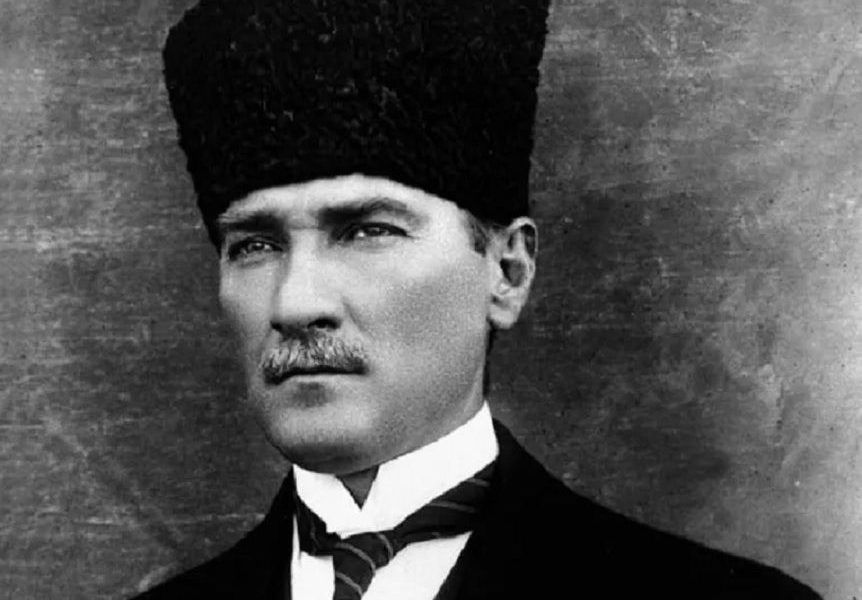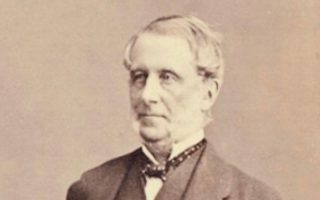iwillnotbebroken.org – Mustafa Kemal Atatürk, the founding father of the Turkish Republic, remains one of the most influential leaders of the 20th century. Serving as president from 1923 until his death in 1938, Atatürk was the central figure in transforming Turkey from a fragmented, defeated Ottoman Empire into a modern, secular, and progressive nation-state. His sweeping reforms reshaped every aspect of Turkish society, from politics and economics to education and culture, making Atatürk’s legacy a crucial part of Turkey’s identity.
The Fall of the Ottoman Empire and the Birth of the Republic
Atatürk’s path to leadership began in the wake of the Ottoman Empire’s collapse after World War I. The empire, which had once been a vast and powerful force in Europe, the Middle East, and North Africa, was defeated in the war. The Treaty of Sèvres (1920) sought to carve up the empire, but Atatürk led the Turkish National Movement in resistance against foreign occupation and partition.
In 1923, after a victorious struggle against both foreign forces and internal reactionary factions, Atatürk established the Republic of Turkey. On October 29, 1923, he declared the founding of the Republic and became its first president. His leadership marked the end of the Ottoman sultans and the beginning of a new era for the Turkish people.
Reforms and Modernization
Atatürk’s vision for Turkey was that of a secular, modern, and independent state, with a strong emphasis on progress and education. Over the next 15 years, he introduced sweeping reforms to reshape Turkish society.
Political Reforms: Secularism and Democracy
One of Atatürk’s most significant reforms was the separation of religion from state affairs. In a move to modernize and secularize the government, he abolished the caliphate (the religious leadership of the Islamic world) in 1924. Atatürk believed that religion should be a private matter and that a modern state needed to operate without religious influence.
He also reformed Turkey’s political structure, introducing democratic principles while maintaining tight control over the direction of the country. The establishment of a multi-party system, the introduction of civil law codes inspired by European models, and the granting of women the right to vote (1934) were milestones in the development of the modern Turkish political landscape.
Educational Reforms
Education was central to Atatürk’s vision for Turkey. He sought to modernize the education system by introducing new curricula that emphasized science, technology, and national history. In 1928, the adoption of the Latin alphabet in place of the Arabic script was a monumental step in increasing literacy and fostering communication with the Western world.
Atatürk’s focus on secular, science-based education aimed to cultivate a well-educated, enlightened citizenry. His government invested heavily in schools, universities, and libraries, and education became free and compulsory for all children.
Economic Reforms: Self-Sufficiency and Industrialization
Atatürk was deeply committed to making Turkey economically self-sufficient and competitive on the global stage. His economic reforms sought to modernize the country’s infrastructure, industry, and agriculture. He established state-owned enterprises, especially in key sectors like textiles, steel production, and transportation, to ensure rapid industrial development.
Under his leadership, Turkey pursued a policy of national independence in economic matters, seeking to limit foreign influence while simultaneously fostering modernization. Atatürk’s drive to establish a more diversified economy also saw the construction of roads, railways, and factories that would shape Turkey’s economic landscape for decades.
Cultural Reforms
In addition to political, educational, and economic changes, Atatürk also initiated cultural reforms to reshape Turkey’s identity. He encouraged the revival of Turkish traditions, promoted a sense of national pride, and worked to create a new, unified Turkish culture that could blend its Ottoman past with the progressive ideals of the modern world.
Atatürk’s commitment to reform extended to art, music, and literature, where he sought to modernize Turkey’s cultural expressions. He emphasized the importance of Turkish national identity, promoting the use of Turkish language in official communications and literature. His reforms laid the foundation for a vibrant and independent cultural scene in Turkey.
Legacy and Impact
Mustafa Kemal Atatürk’s leadership fundamentally transformed Turkey, positioning it as a modern, secular republic in the heart of the Middle East. His reforms modernized Turkey politically, economically, and socially, and his vision continues to shape the country’s policies today. Atatürk remains a revered figure in Turkish society, his image appearing in homes, public spaces, and government buildings across the nation.
His commitment to secularism, nationalism, and modernization has left a lasting legacy in Turkey, where his principles—often referred to as “Kemalism”—continue to guide the nation’s evolution. Atatürk’s death in 1938 marked the end of an era, but his influence endures, as he remains a symbol of Turkey’s transformation into a modern, progressive state.
Atatürk’s legacy is not only a cornerstone of Turkey’s national identity but also a model for other nations seeking to modernize and strengthen their political and cultural foundations. His vision and determination continue to inspire future generations in Turkey and around the world.


